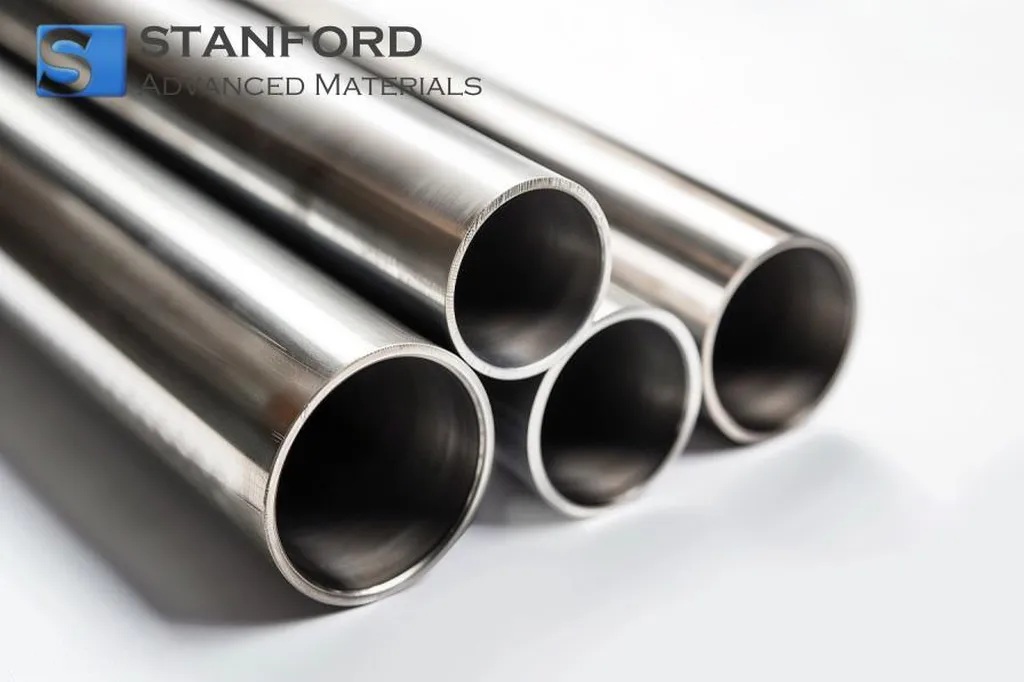In the quest to develop better biomaterials for medical implants, researchers have turned to a unique combination of titanium, niobium, and yttrium, yielding promising results that could reshape the biomedical and energy sectors. A recent study published in *Materials Research* (translated to English as “Pesquisa de Materiais”) delves into the microstructural, mechanical, and electrochemical properties of Ti-35Nb-xY alloys, offering insights that could lead to more durable and corrosion-resistant materials.
The research, led by Brendon Costa Barreto, explores how varying amounts of yttrium (Y) added to titanium-niobium alloys influence their properties. The findings reveal that yttrium oxide particles formed in the alloys play a crucial role in grain refinement, with the TiNb0.6Y alloy showing an impressive 82% reduction in grain size. This refinement is significant because smaller grains often lead to stronger and more durable materials.
“Yttrium oxide particles act as nucleation sites during solidification, which promotes grain refinement,” Barreto explains. “This refinement enhances the mechanical properties of the alloys, making them more suitable for biomedical applications.”
However, the addition of yttrium also has a downside. The depletion of oxygen in the matrix leads to a loss of solid solution strengthening, which reduces the hardness of the alloys. This trade-off between grain refinement and hardness is a critical factor that researchers must consider when developing new biomaterials.
The study also examines the electrochemical properties of the alloys, focusing on their corrosion resistance. Anodic polarization tests showed that the TiNb0.1Y alloy had higher critical current density (icrit) and lower breakdown potential (Eb), indicating lower resistance to corrosion. Chronoamperometry confirmed this lower resistance, while Electrochemical Impedance Spectroscopy (EIS) revealed that the TiNb0.2Y alloy had the largest capacitive arc diameter and one of the largest phase angles, pointing to greater resistivity and stability of the passive layer.
“Electrochemical Impedance Spectroscopy is a powerful tool for evaluating the corrosion resistance of materials,” Barreto notes. “The larger the capacitive arc diameter, the higher the corrosion resistance. This is crucial for materials used in biomedical implants, where corrosion resistance is paramount.”
Mott-Schottky analysis further revealed that the passive films formed on the alloys exhibited n-type semiconductor properties. The film formed on the TiNb0.2Y alloy showed the lowest donor density, confirming its superior corrosion resistance.
The implications of this research extend beyond the biomedical field. The enhanced corrosion resistance and mechanical properties of these alloys could also benefit the energy sector, particularly in applications where materials are exposed to harsh environments. For instance, in the development of more efficient and durable energy storage systems, such as batteries and supercapacitors, these alloys could play a pivotal role.
As the demand for advanced materials continues to grow, the findings of this study offer a promising avenue for future research and development. By optimizing the composition and processing of Ti-Nb-Y alloys, researchers can pave the way for materials that are not only stronger and more durable but also more resistant to corrosion, ultimately benefiting both the biomedical and energy sectors.
This research, published in *Materials Research*, underscores the importance of interdisciplinary collaboration in driving innovation and addressing the challenges of the 21st century. As Brendon Costa Barreto and his team continue to explore the potential of these alloys, the future of biomaterials and energy storage looks increasingly bright.

